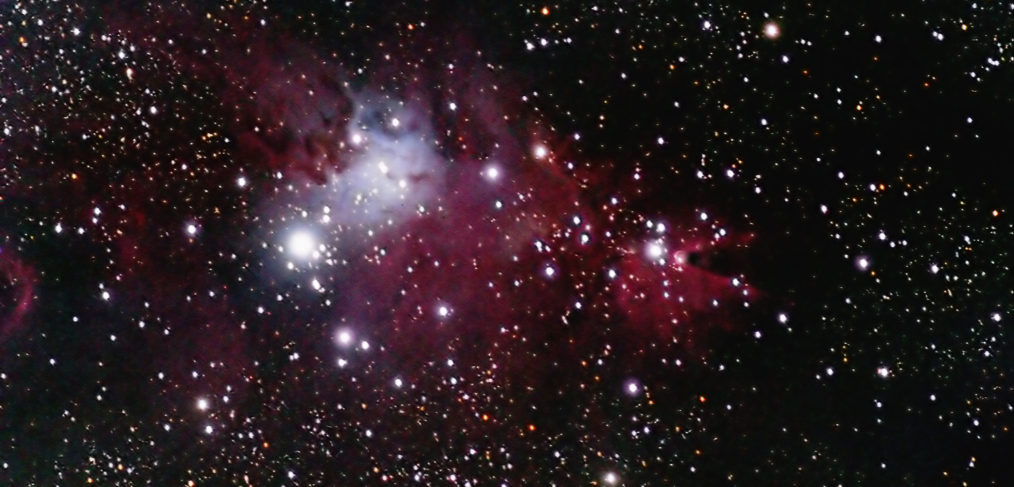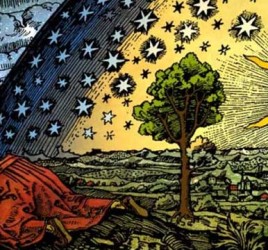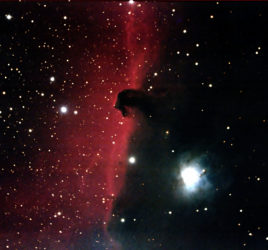
NGC 2264 the Christmas Tree Cluster
NGC 2264 The Christmas Tree Cluster is an open cluster with nebulosity.
It is located in the constellation of Monoceros near the feet of Gemini. It spans 30 light years in height and is 2,600 light years away. In small and medium sized telescopes, it dominates the field of view of 50x to 100x magnification. The brightest star in it is the type O star known as 15 Monocerotis or S Monocerotis. NGC 2264 was discovered in 1784 by William Herschel. Herschel’s initial observations were just of the star cluster. In 1785, he noticed the nebulosity surrounding the stars.
NGC 2264 contains multiple objects of interest.
The Christmas Tree cluster of bright stars is the first object of interest. The Cone Nebula is a 7-light year long dark pillar of nebulosity, dust and gas, emanating from the top star of the Christmas Tree. The Fox Fur Nebula is a hydrogen emission nebula with the appearance of a red fox fur stole. The entire collection is part of the Monoceros OB1 Association of young stars enshrouded by dark and emission hydrogen molecular clouds. This is an active star birth region with stars between less than 1 million to 10 million years old. O-Type stars typically have short lifetimes of less than 1-million years before dying as supernovae.
The Cone Nebula is similar to M16, the Pillars of Creation made famous by the Hubble Space Telescope.
The dark cone shaped pillar, a hydrogen molecular cloud, is an incubator of young stars. At the apex of the cone is a cluster of infant stars that are breaking out of the shroud of gas and dust. Older stars surrounding them are eroding the cone nebula away with their powerful light, UV emission and stellar wind radiation and exposing the young stars and potentially stunting their growth. That is a common theme in star birth nebulae. Over thousands to millions of years, this region will light up with myriad young and bright stars.



